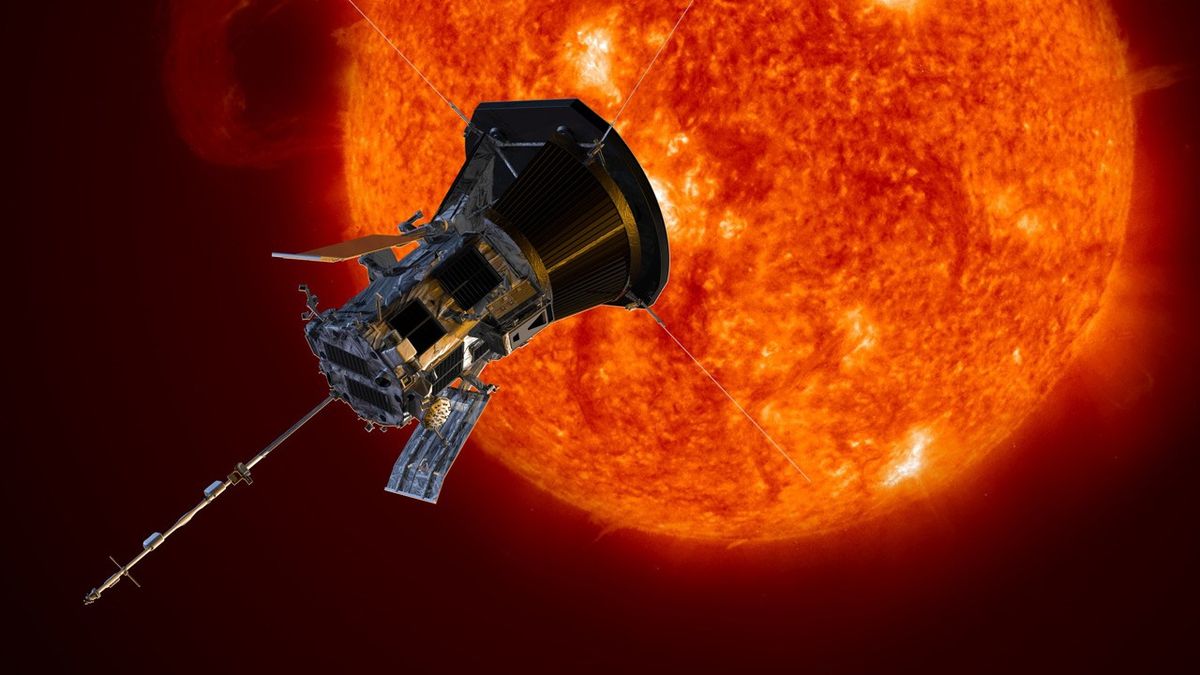NASA's sun-kissing Parker Solar Probe finds source of 'fast' solar wind
By Robert Lea published 7 June 2023
The spacecraft's data point to showerhead-like 'coronal holes' as the source of the fast solar wind.

An artist's concept of NASA's Parker Solar Probe observing the sun. (Image credit: NASA/Johns Hopkins APL/Steve Gribben)
NASA's sun-touching Parker Solar probe has flown close enough to our star to spot the fine details of the solar wind — including its origin, "coronal holes" in the sun's atmosphere.
Armed with this information, scientists may now be able to better predict solar storms that can supercharge auroras over our planet but can also disrupt communication and power infrastructure and pose a threat to satellites, spacecraft and even astronauts.
The Parker Solar Probe tracked the solar wind — a stream of charged particles flowing continuously from the sun — back to where it is generated, a new study reports. This allowed researchers to see characteristics of the solar wind that are lost as it exits the sun's outer atmosphere, or corona, and before it reaches Earth as a relatively uniform stream.
The spacecraft saw that the streams of high-energy particles that make up the solar wind match so-called "supergranulation flows" within coronal holes. This discovery pointed to these regions as the source of the "fast" solar wind, which is seen over the poles of the sun and can reach speeds as great as 1.7 million mph (2.7 million kph), around 1,000 times faster than the top speed of a jet fighter.
More:
https://www.space.com/parker-solar-probe-fast-solar-wind-source
